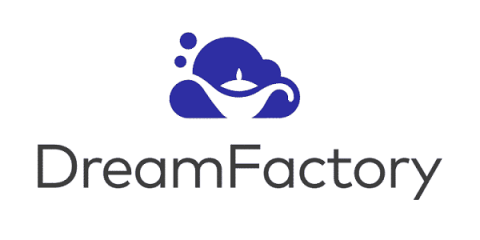How a Multiprotocol Development Strategy Can Ease Your Microservices Woes
Finding efficient ways to process, share, and reuse functionality and data is crucial – it’s an important way to break down monolithic applications into more consumable and maintainable microservices. In today’s API-focused world, this translates into multiprotocol development (gRPC, GraphQL, EDAs, etc.) and an enhanced development process (governance, standards, design-first). To understand this, we need to look more closely at protocols.











